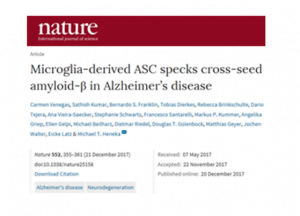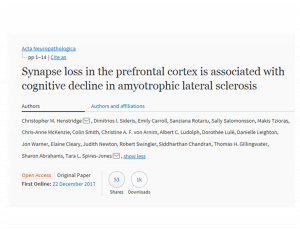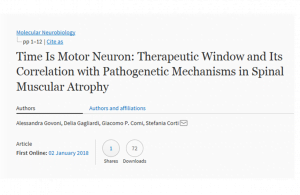Physical aggression among people with dementia is not unusual. A new study shows that one-third of those diagnosed with Alzheimer’s disease or frontotemporal dementia were physically aggressive towards healthcare staff, other patients, relatives, animals and complete strangers.
The study is based on a review of brain examinations and patient journals of 281 deceased people who were diagnosed with Alzheimer’s or frontotemporal dementia between the years 1967 and 2013. The researchers have followed the entire duration of the disease for this group, from the patients’ first contact with a physician to follow up after death.
According to the researchers, patients with frontotemporal dementia displayed physically aggressive behavior earlier in their disease than those diagnosed with Alzheimer’s. This could be due to the fact that frontotemporal dementia begins in the part of the brain responsible for, among other things, empathy, impulse control, personality and judgement.
The number of patients who displayed physical aggression was greater amongst those diagnosed with Alzheimer’s. However, individuals with frontotemporal dementia were physically aggressive more often — and the violence exhibited by the people suffering from frontotemporal dementia could also be more serious, and this was particularly evident towards complete strangers.
Twenty-one per cent of the physically aggressive patients with frontotemporal dementia were physically aggressive towards strangers, compared with two per cent of the physically aggressive Alzheimer patients, an unexpectedly large difference.
Patients with frontotemporal dementia tend to start showing symptoms at an earlier age than those with Alzheimer’s. There is also often a longer delay between the first symptoms and diagnosis. The scientists say that socially deviant or criminal behaviour in people who had not previously demonstrated such behaviours should be taken seriously, as it could be the first sign of dementia.
Paper: “Physical aggression among patients with dementia, neuropathologically confirmed post-mortem”
Reprinted from materials provided by Lund University.




